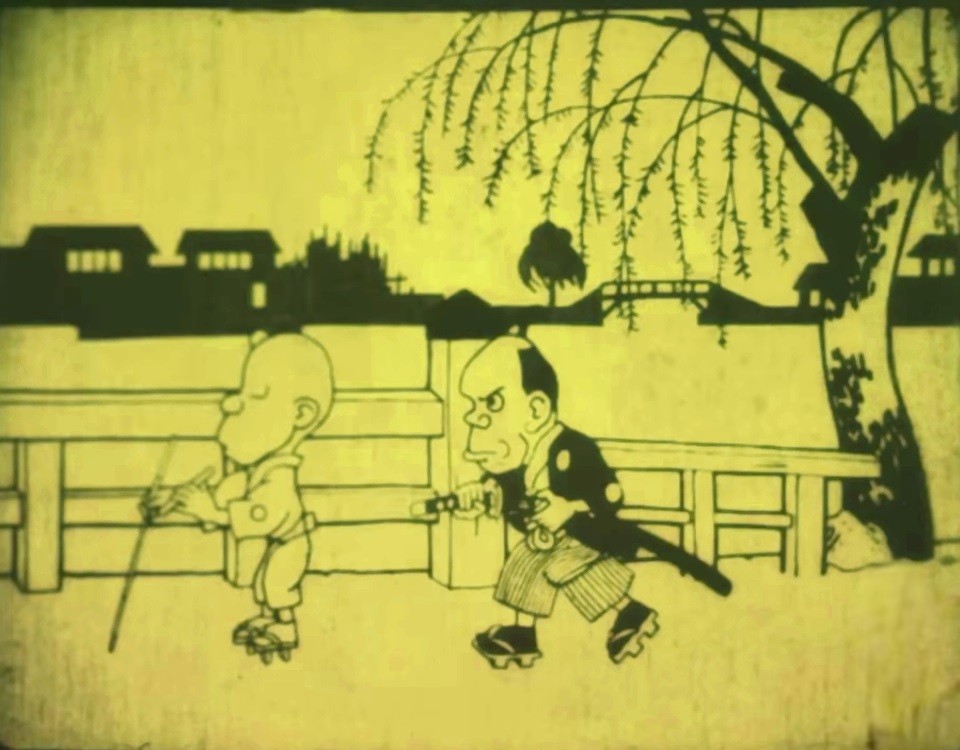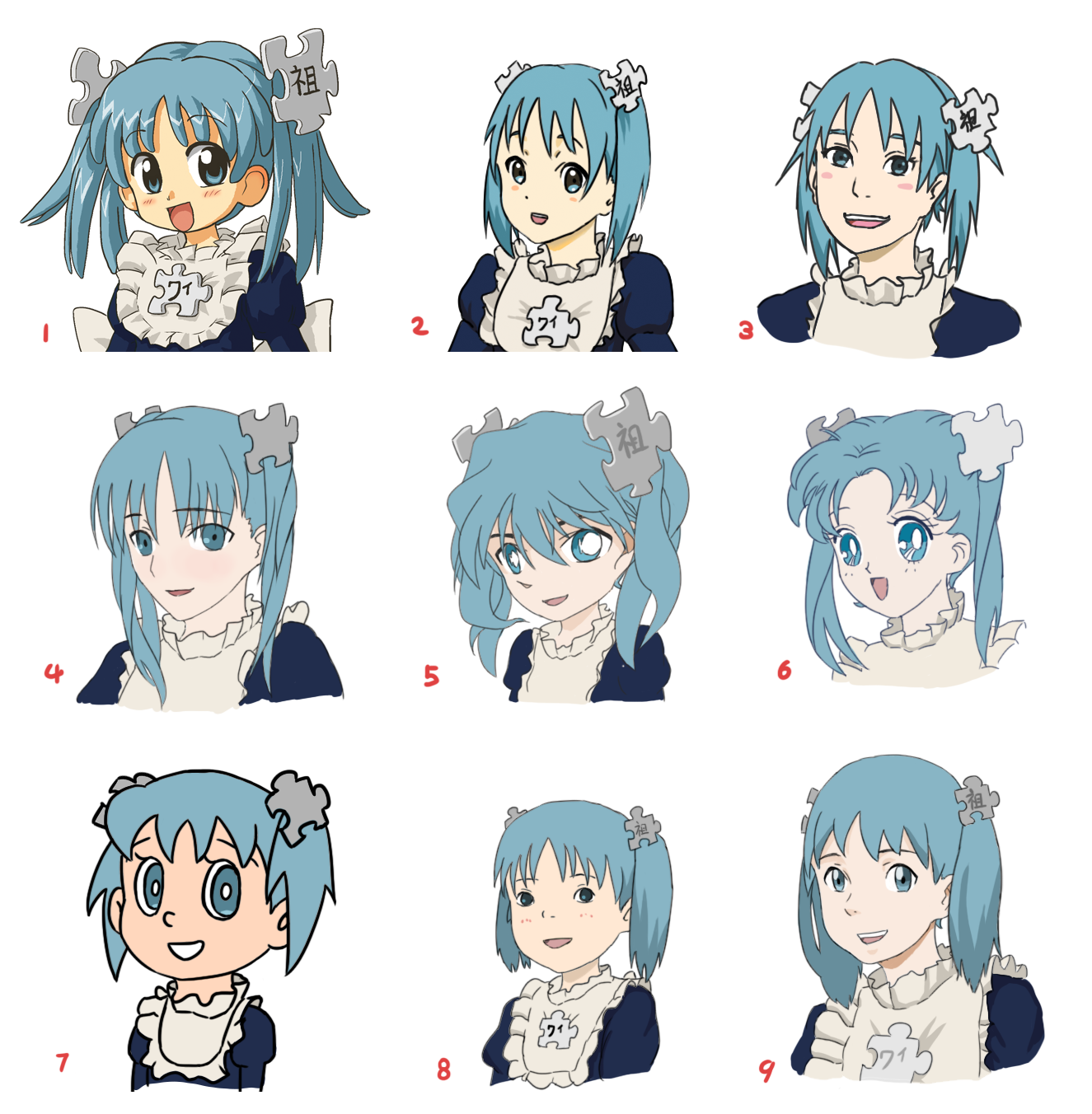|
Egloos
Egloos is a South Korean blog host, established in 2003. Its current owner, SK Communications, claims it to be a professional publishing system. The ISP acquired the service in 2006. The name "Egloo" is derived from the word "igloo" and represents a personal online home for its users' lives. Egloos's website states that service will end on . Users The site is reported to have around 1 million users, but lost users to foreign blogging sites in 2009 due to concerns regarding the South Korean government's monitoring of its citizens: "Since April 1 (2009), the government mandated Internet users to make verifiable real-name registrations on all Web sites with more than 100,000 daily visitors, which means they have to submit their resident registration codes, the Korean equivalent of social security numbers" web-browsing behavior. Egloos' users are often Koreans with an intensive interest in IT-related interests, with anime and manga featured throughout (known as otaku in Japa ... [...More Info...] [...Related Items...] OR: [Wikipedia] [Google] [Baidu] |
SK Communications
SK Communications (Hangul: SK커뮤니케이션즈 or ''에스케이커뮤니케이션즈'') is a South Korean tech company that owns and operates popular web portal Nate. It offers Internet access and telecommunications services for residences and businesses. SK Communications was founded in 1999 as Lycos Korea, a 50-50 venture of Lycos of the United States and Mirae Corp. of South Korea. The firm was sold to SK Telecom in 2002 and changed its name to SK Communications. SK Telecom currently holds 85.9 percent of its shares. Overview SK Communications was created when parent SK Telecom merged the recently acquired Lycos Korea with its cable Internet unit NetsGo in 2002. NetsGo is the developer of Nate, a popular web portal in the Korean market. Lycos Korea had trouble differentiating itself from competition. With no clear image to anchor its position in the Korean market, Lycos declined in popularity and was soon incorporated into the Nate portal. The Lycos domain name was shut ... [...More Info...] [...Related Items...] OR: [Wikipedia] [Google] [Baidu] |
Blog Publishing System
A blog (a truncation of "weblog") is a discussion or informational website published on the World Wide Web consisting of discrete, often informal diary-style text entries (posts). Posts are typically displayed in reverse chronological order so that the most recent post appears first, at the top of the web page. Until 2009, blogs were usually the work of a single individual, occasionally of a small group, and often covered a single subject or topic. In the 2010s, "multi-author blogs" (MABs) emerged, featuring the writing of multiple authors and sometimes professionally edited. MABs from newspapers, other media outlets, universities, think tanks, advocacy groups, and similar institutions account for an increasing quantity of blog traffic. The rise of Twitter and other "microblogging" systems helps integrate MABs and single-author blogs into the news media. ''Blog'' can also be used as a verb, meaning ''to maintain or add content to a blog''. The emergence and growth of blogs i ... [...More Info...] [...Related Items...] OR: [Wikipedia] [Google] [Baidu] |
Igloo
An igloo (Inuit languages: , Inuktitut syllabics (plural: )), also known as a snow house or snow hut, is a type of shelter built of suitable snow. Although igloos are often associated with all Inuit, they were traditionally used only by the people of Canada's Central Arctic and the Qaanaaq area of Greenland. Other Inuit tended to use snow to insulate their houses, which were constructed from whalebone and hides. Snow is used because the air pockets trapped in it make it an insulator. On the outside, temperatures may be as low as , but on the inside, the temperature may range from when warmed by body heat alone. Nomenclature The Inuit language word (plural ) can be used for a house or home built of any material, and is not restricted exclusively to snowhouses (called specifically , plural ), but includes traditional tents, sod houses, homes constructed of driftwood and modern buildings. Several dialects throughout the Canadian Arctic ( Siglitun, Inuinnaqtun, ... [...More Info...] [...Related Items...] OR: [Wikipedia] [Google] [Baidu] |
Web Browser
A web browser is application software for accessing websites. When a user requests a web page from a particular website, the browser retrieves its files from a web server and then displays the page on the user's screen. Browsers are used on a range of devices, including desktops, laptops, tablets, and smartphones. In 2020, an estimated 4.9 billion people used a browser. The most used browser is Google Chrome, with a 65% global market share on all devices, followed by Safari with 18%. A web browser is not the same thing as a search engine, though the two are often confused. A search engine is a website that provides links to other websites. However, to connect to a website's server and display its web pages, a user must have a web browser installed. In some technical contexts, browsers are referred to as user agents. Function The purpose of a web browser is to fetch content from the World Wide Web or from local storage and display it on a user's device. This process b ... [...More Info...] [...Related Items...] OR: [Wikipedia] [Google] [Baidu] |
Information Technology
Information technology (IT) is the use of computers to create, process, store, retrieve, and exchange all kinds of data . and information. IT forms part of information and communications technology (ICT). An information technology system (IT system) is generally an information system, a communications system, or, more specifically speaking, a computer system — including all hardware, software, and peripheral equipment — operated by a limited group of IT users. Although humans have been storing, retrieving, manipulating, and communicating information since the earliest writing systems were developed, the term ''information technology'' in its modern sense first appeared in a 1958 article published in the '' Harvard Business Review''; authors Harold J. Leavitt and Thomas L. Whisler commented that "the new technology does not yet have a single established name. We shall call it information technology (IT)." Their definition consists of three categories: techniques ... [...More Info...] [...Related Items...] OR: [Wikipedia] [Google] [Baidu] |
Anime
is hand-drawn and computer-generated animation originating from Japan. Outside of Japan and in English, ''anime'' refers specifically to animation produced in Japan. However, in Japan and in Japanese, (a term derived from a shortening of the English word ''animation'') describes all animated works, regardless of style or origin. Animation produced outside of Japan with similar style to Japanese animation is commonly referred to as anime-influenced animation. The earliest commercial Japanese animations date to 1917. A characteristic art style emerged in the 1960s with the works of cartoonist Osamu Tezuka and spread in following decades, developing a large domestic audience. Anime is distributed theatrically, through television broadcasts, directly to home media, and over the Internet. In addition to original works, anime are often adaptations of Japanese comics (manga), light novels, or video games. It is classified into numerous genres targeting various broad and nic ... [...More Info...] [...Related Items...] OR: [Wikipedia] [Google] [Baidu] |
Manga
Manga ( Japanese: 漫画 ) are comics or graphic novels originating from Japan. Most manga conform to a style developed in Japan in the late 19th century, and the form has a long prehistory in earlier Japanese art. The term ''manga'' is used in Japan to refer to both comics and cartooning. Outside of Japan, the word is typically used to refer to comics originally published in the country. In Japan, people of all ages and walks of life read manga. The medium includes works in a broad range of genres: action, adventure, business and commerce, comedy, detective, drama, historical, horror, mystery, romance, science fiction and fantasy, erotica (''hentai'' and '' ecchi''), sports and games, and suspense, among others. Many manga are translated into other languages. Since the 1950s, manga has become an increasingly major part of the Japanese publishing industry. By 1995, the manga market in Japan was valued at (), with annual sales of 1.9billion manga books and mang ... [...More Info...] [...Related Items...] OR: [Wikipedia] [Google] [Baidu] |
Otaku
is a Japanese word that describes people with consuming interests, particularly in anime, manga, video games, or computers. Its contemporary use originated with a 1983 essay by Akio Nakamori in '' Manga Burikko''. may be used as a pejorative with its negativity stemming from a stereotypical view of as social outcasts and the media's reporting on Tsutomu Miyazaki, "The Otaku Murderer", in 1989. According to studies published in 2013, the term has become less negative, and an increasing number of people now identify themselves as , both in Japan and elsewhere. Out of 137,734 teens surveyed in Japan in 2013, 42.2% self-identified as a type of . subculture is a central theme of various anime and manga works, documentaries and academic research. The subculture began in the 1980s as changing social mentalities and the nurturing of traits by Japanese schools combined with the resignation of such individuals to what was then seen as inevitably becoming social outcasts. The s ... [...More Info...] [...Related Items...] OR: [Wikipedia] [Google] [Baidu] |
Blog
A blog (a truncation of "weblog") is a discussion or informational website published on the World Wide Web consisting of discrete, often informal diary-style text entries (posts). Posts are typically displayed in reverse chronological order so that the most recent post appears first, at the top of the web page. Until 2009, blogs were usually the work of a single individual, occasionally of a small group, and often covered a single subject or topic. In the 2010s, "multi-author blogs" (MABs) emerged, featuring the writing of multiple authors and sometimes professionally edited. MABs from newspapers, other media outlets, universities, think tanks, advocacy groups, and similar institutions account for an increasing quantity of blog traffic. The rise of Twitter and other " microblogging" systems helps integrate MABs and single-author blogs into the news media. ''Blog'' can also be used as a verb, meaning ''to maintain or add content to a blog''. The emergence and growth of ... [...More Info...] [...Related Items...] OR: [Wikipedia] [Google] [Baidu] |
Light Novel
A light novel (, Hepburn: ''raito noberu'') is a style of young adult novel primarily targeting high school and middle school students. The term "light novel" is a '' wasei-eigo'', or a Japanese term formed from words in the English language. Light novels are often called or, in English, LN. The average length of a light novel is about 50,000 words, and is published in the '' bunkobon'' format ( A6, 10.5 cm×14.8 cm or 4.1"x5.8"). Light novels are subject to dense publishing schedules, with new installations being published in 3–9-month intervals. Light novels are commonly illustrated in a manga art style and are often adapted into manga and anime. While most light novels are published only as books, some have their chapters first serialized monthly in anthology magazines before being collected and compiled into book format, similar to how manga is published. Details Light novels developed from pulp magazines. To please their audience, in the 1970s, most of t ... [...More Info...] [...Related Items...] OR: [Wikipedia] [Google] [Baidu] |
Anime
is hand-drawn and computer-generated animation originating from Japan. Outside of Japan and in English, ''anime'' refers specifically to animation produced in Japan. However, in Japan and in Japanese, (a term derived from a shortening of the English word ''animation'') describes all animated works, regardless of style or origin. Animation produced outside of Japan with similar style to Japanese animation is commonly referred to as anime-influenced animation. The earliest commercial Japanese animations date to 1917. A characteristic art style emerged in the 1960s with the works of cartoonist Osamu Tezuka and spread in following decades, developing a large domestic audience. Anime is distributed theatrically, through television broadcasts, directly to home media, and over the Internet. In addition to original works, anime are often adaptations of Japanese comics (manga), light novels, or video games. It is classified into numerous genres targeting various broad and nic ... [...More Info...] [...Related Items...] OR: [Wikipedia] [Google] [Baidu] |
Conservative
Conservatism is a cultural, social, and political philosophy that seeks to promote and to preserve traditional institutions, practices, and values. The central tenets of conservatism may vary in relation to the culture and civilization in which it appears. In Western culture, conservatives seek to preserve a range of institutions such as organized religion, parliamentary government, and property rights. Conservatives tend to favor institutions and practices that guarantee stability and evolved gradually. Adherents of conservatism often oppose modernism and seek a return to traditional values, though different groups of conservatives may choose different traditional values to preserve. The first established use of the term in a political context originated in 1818 with François-René de Chateaubriand during the period of Bourbon Restoration that sought to roll back the policies of the French Revolution. Historically associated with right-wing politics, the term has since b ... [...More Info...] [...Related Items...] OR: [Wikipedia] [Google] [Baidu] |









